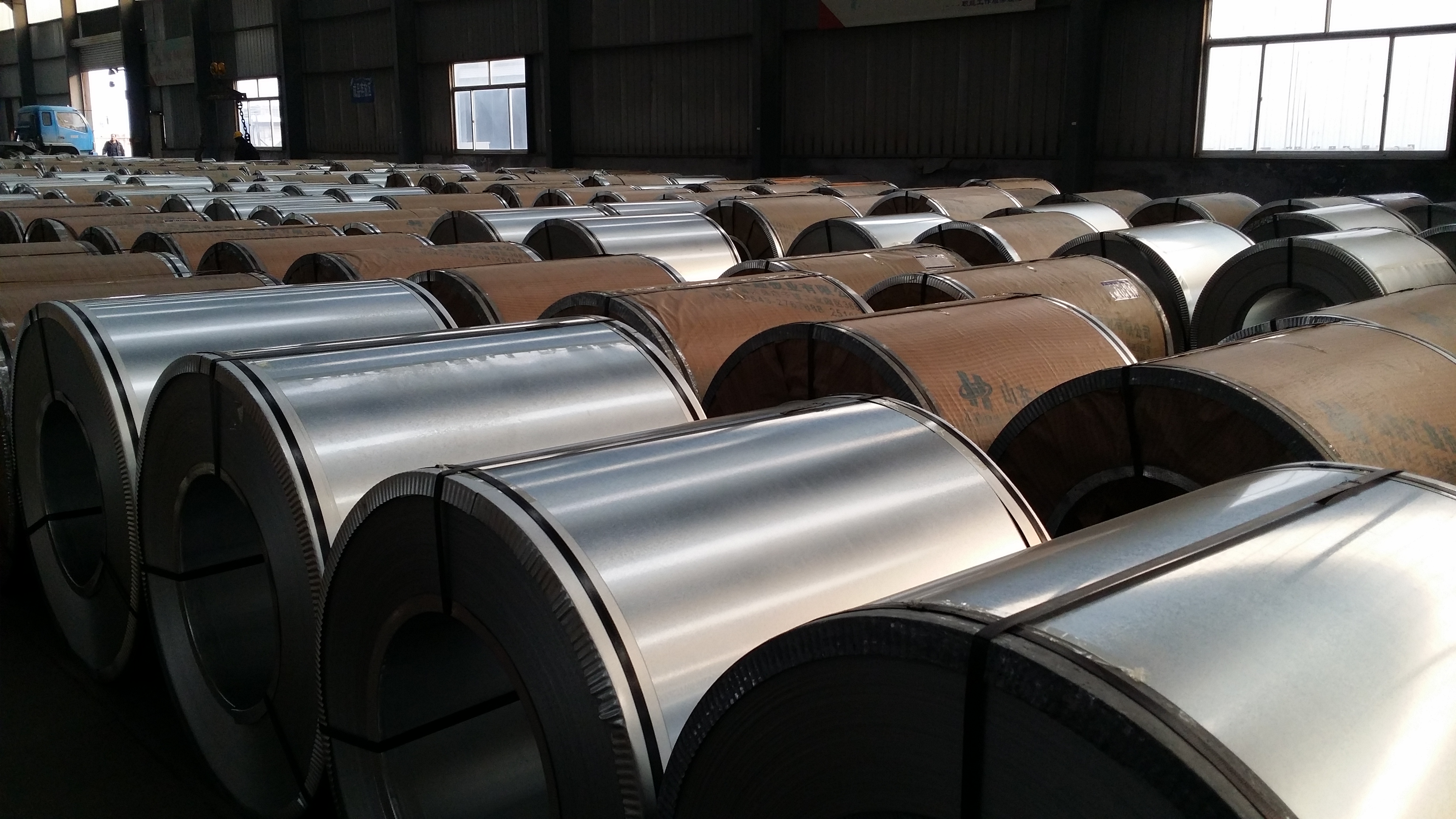版权所有 © 2018 山东中灿 ICP备案号:鲁ICP备16001552号-1 网站建设:中企动力 济南二分
ABOUT US
Tel: 0086-538-6315517
Fax: 0086-538-6315510
Phone:0086-15588577955
Adress:Hi-Tech Development Zone,
Feicheng,Taian,Shandong ,China.
E-mail:ella@zhongcansteel.com
PRODUCTS
websites
0086-538-6315517
Service Hotline
What is galvanizing and what are the benefits of galvanizing?
Galvanizing is the process of adding a zinc coating to the surface of steel or iron. As a sacrificial coating, zinc protects the underlying steel or iron, so it can prolong the service life of metal parts.
However, galvanizing is a complex process, which can be carried out in many ways. There are different forms of galvanizing, including hot dip galvanizing and hot diffusion galvanizing. These changes have their own advantages and disadvantages. Therefore, it is helpful to understand the different forms of galvanizing before it is incorporated into the prototype design or manufacturing project.
Galvanized metal is more common than you think. Structures such as building frames, metal benches, balconies, ladders and fire ladders can be made of galvanized metal to ensure longer service life and adequate corrosion and damage protection. Other examples can be found in auto parts and electrical appliances.
In addition, galvanized steel and galvanized iron can be used in different manufacturing processes, from sheet metal processing to NC processing, making it the main process of manufacturing industry.
2. Galvanized material
The main substrates that can be galvanized are steel and iron. However, other ferrous metals can also be galvanized.
The coating material in galvanizing is always zinc. However, a process similar to zinc plating is tin plating, which uses zinc instead of tin. Tin plating is suitable for simple applications such as food storage, but it is not as reliable as galvanizing: if the coating is damaged, the tin will erode the iron below.
3. Galvanizing type
The two most popular forms of galvanizing are hot dip galvanizing and electro galvanizing. These and other methods are discussed below. Knowing which type of galvanizing to choose may require expert help.
1) Hot dip galvanizing
During hot dip galvanizing, the metal is immersed in a hot zinc bath at about 450 ° C. When it is removed, the coating surface reacts with oxygen to form zinc oxide, and then reacts with carbon dioxide to form zinc carbonate. Before galvanizing, the metal must be cleaned with caustic solution and then pickled in acid solution; Ammonium zinc chloride can also be used to prevent premature oxidation of metals before galvanizing.
2) Electro galvanizing
Galvanizing combines galvanizing with electroplating: the current passes through a zinc bath with a zinc anode and a steel conductor. This process produces a thinner coating than hot dip galvanizing and also produces a brighter surface finish suitable for cosmetic applications.
4. Advantages of galvanizing
The purpose of galvanizing is to form a zinc protective coating on steel or iron parts. But why is this useful? What are the main advantages of galvanizing?
Prevent corrosive substances: the zinc coating on galvanized metal prevents corrosive substances from reaching the weaker base metal. This can extend the service life of the substrate, especially in demanding applications.
Prevent rusting: galvanizing significantly delays rusting.
Create sacrificial anode: the zinc coating is consumed by corrosive substances, so it protects the underlying metal until it is completely used up. Even if the scratch penetrates the coating, the zinc will run out before the iron.
Durability: the zinc coating formed by galvanizing is tough and durable, and usually provides decades of protection for the underlying metal.
Affordable: galvanizing is a fairly simple and affordable process that provides significant benefits at minimal expense.
Forming a thick coating: although not suitable for all applications, galvanizing will produce a thicker coating than electroplating, etc.
5. Application of galvanizing
The ability to prevent steel corrosion makes galvanizing widely used in many industries.
The most common application is galvanized steel for construction: hundreds of thousands of tons of galvanized construction steel are produced every year to manufacture structures such as building frames, street furniture, fire ladders, ladders and balconies.
Galvanized steel is also common in the automotive industry. It can be made into antirust parts, including most of the car's "body in white": its bone foundation. Bumpers, beams, frames and chassis can also be made of galvanized steel.
Rust prevention is an ideal function in the telecommunications industry. Telephone lines and electric boxes are affected by these elements every day. Galvanizing helps to prolong the service life of such items.






